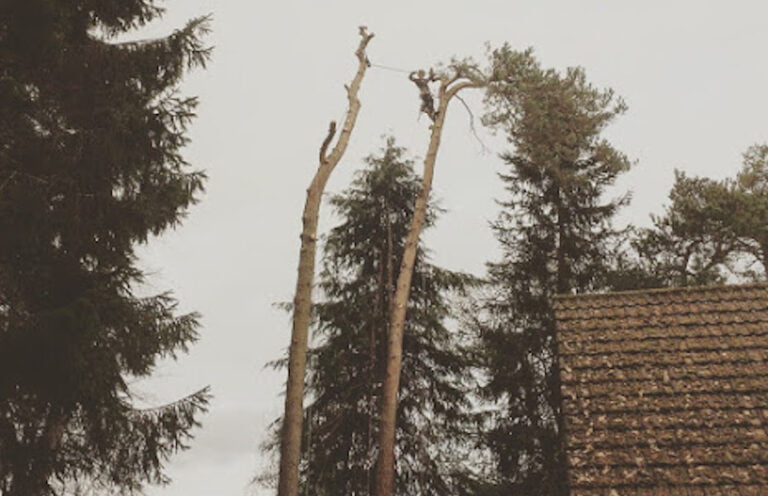Tree pruning – What you need to know.
As the lighter nights set in and the sun starts to make an appearance in Spring, you may be bursting to get your garden into shape. This may involve some tree pruning. There are many reasons to prune trees including the removal of dead or dangerous branches, to let more light into your garden or property, to reduce the risk of windblown branches and to generally improve the overall appearance or balance of the tree.
Can you trim a tree in the spring?
If branches pose a health and safety risk to anyone, trees can be trimmed at any time of the year. Your safety and your property’s safety is the top priority. If you see any dead, dying, or diseased branches on your tree, you must get them checked and taken care of as soon as possible.
To prevent injury, it’s important to have your trees properly assessed and taken care of by professionals.
If you want to improve the general appearance of your trees in spring, there is a general rule to avoid trimming more than 10% of the tree. Pruning too much of the tree increases the tree’s risk of developing a pest infestation or disease.
How late in the spring can you prune trees?
While certain tree species are best pruned in the winter or early spring, for other tree species it’s better to hold off on pruning until later.
The earlier, the better:
- BEFORE BLOOMING: It’s best to prune spring flowering trees before their flower buds bloom. Examples include magnolia, lilac, dogwood, flowering cherry, plum and crab apple.
- AVOID DISEASES: Certain species are more susceptible to diseases and should not be pruned in the spring. These include oak (oak wilt), elm (Dutch Elm Disease), sycamore (Anthracnose), and honeylocust (stem cankers).
- HELP FRUIT TREES: Pruning fruit trees earlier in spring will be better for fruit production and overall health. It’ll open up the canopy and help it flourish through the season.
Best saved for late spring or early summer:
AVOID SAP: Sap rises in trees around springtime, therefore if the tree is pruned then the tree is likely to “bleed” sap through the pruning cut or open wound. This can continue for a number of weeks running the risk of limited growth for the season ahead. For trees such as maple, walnut and birch it’s best to prune these later in the season to avoid issues with sap.
ENCOURAGE NEW GROWTH: If you have recently planted a new tree, spring trimming will be beneficial as it will help the tree gain stability and become more aesthetically pleasing for your landscape.
Contact us if you have any further questions on pruning.

